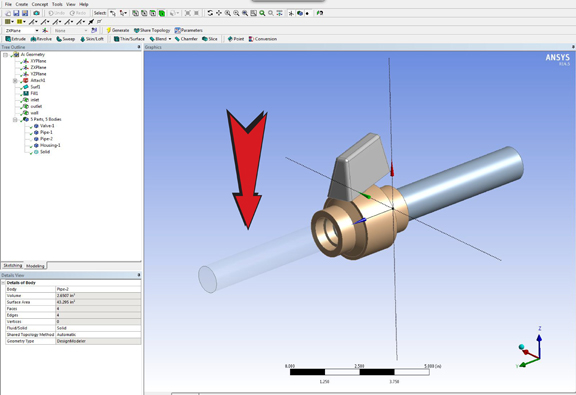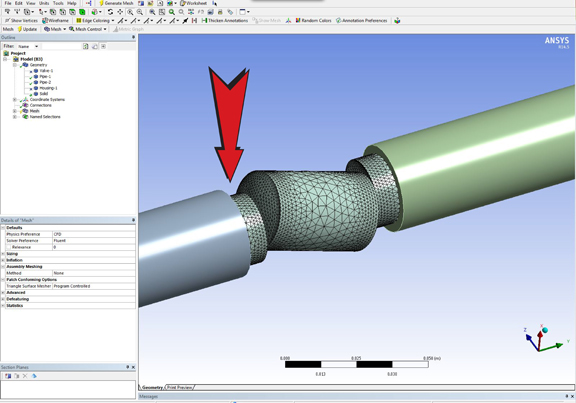Latest News
February 25, 2013
Most designers and engineers today don’t think twice about running basic stress analysis on their CAD models. Mainstream mechanical design software programs—Autodesk Inventor, SolidWorks, Solid Edge, and PTC Creo, to name but a few—offer integrated stress analysis, often at no additional cost. What was once considered specialists’ domain is now second nature to general CAD users.
Simulation software developers are hoping, with intuitive interfaces and simplified dialog boxes, they can make general design engineers feel more comfortable performing advanced simulation tasks earlier during the design cycle. The aim is to encourage simulation-driven design—the use of digital simulation to identify the best geometry for the product, be it a camera housing or a crane.
ANSYS, one of the leading names in simulation, believes the key is to demystify the setup process. One way to do that is to reduce the complex mechanical, thermal, and physical phenomenons into a series of items users can pick and choose from a drop-down menu.
Gilles Eggenspieler, senior fluid product line manager for ANSYS, said, “For structural analysis, CFD simulation requires a model—often in the form of a CAD file—to be imported either automatically or manually into the simulation environment. Then you need to create the computational mesh of the fluid region, and set up the physics of the problem.”
In the first episode of this video podcast series, “Introducing CFD to Design Engineers,” Gilles dissects what he believes are the common stumbling blocks in pre-processing—identifying the fluid volume, creating the mesh, setting up the turbulence model, boundary conditions, and thermal conditions. He uses a basic CFD problem—analyzing the pressure exerted on a valve’s wall by fluid flow—to illustrate his points. The aim of such a simulation, he said, is to ensure that the structure of the valve can withstand the pressure from the fluid. (For more on ANSYS CFD products, go to http://www.ansys.com/Products/Simulation+Technology/Fluid+Dynamics.)
In the next episode, Gilles plans to review the results from this simulation, to help users understand the post-processing phase.
Subscribe to our FREE magazine, FREE email newsletters or both!
Latest News
About the Author
Kenneth Wong is Digital Engineering’s resident blogger and senior editor. Email him at [email protected] or share your thoughts on this article at digitaleng.news/facebook.
Follow DE







